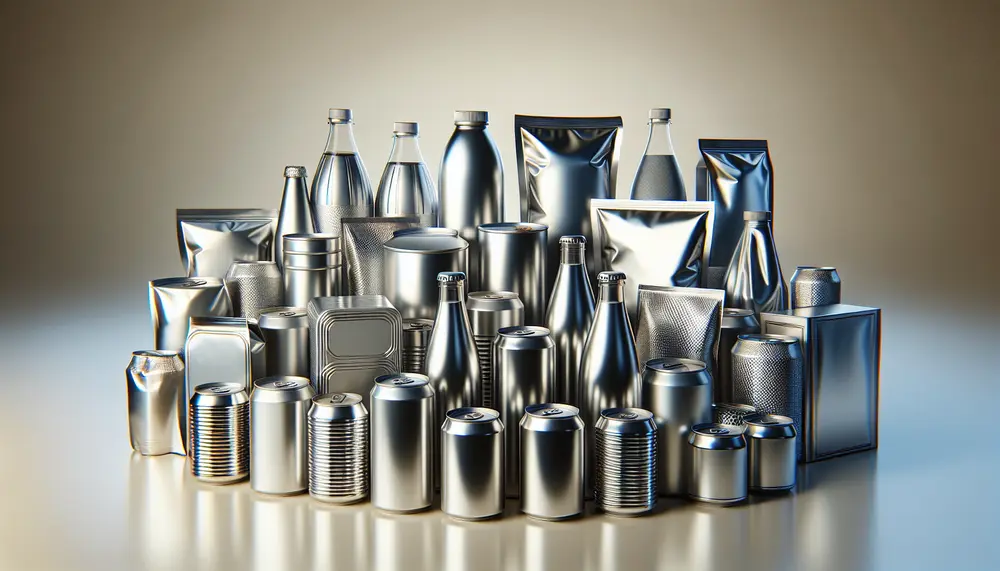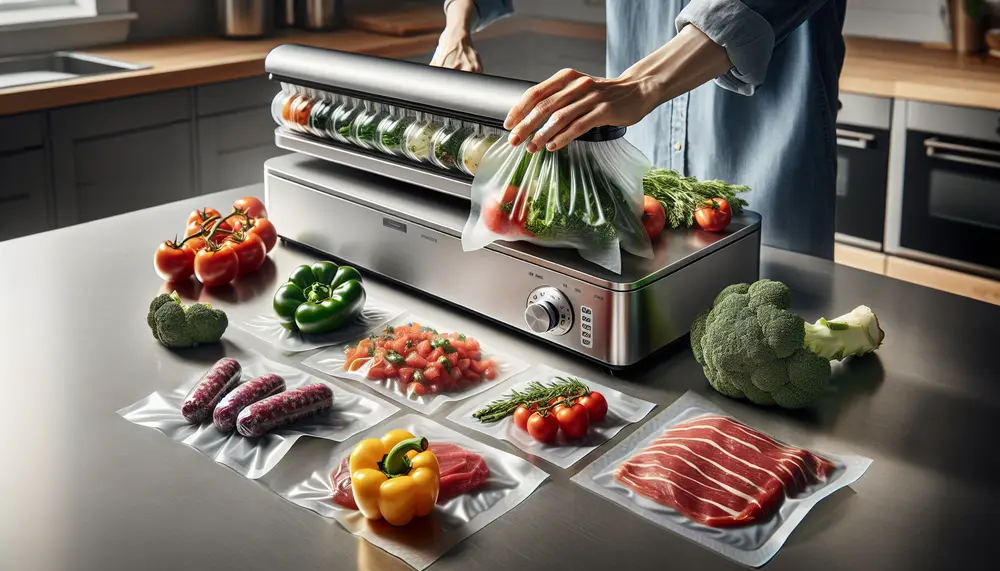Vacuum chamber
Vacuum chamber
Vacuum Chamber
A vacuum chamber is a sealed container from which air and other gases are removed. This creates a low-pressure environment inside the chamber. In the context of packaging, vacuum chambers are used to preserve products by removing air, which can cause spoilage.
How Does a Vacuum Chamber Work?
The process begins by placing the product inside the vacuum chamber. The chamber is then sealed, and a vacuum pump removes the air. This creates a vacuum, reducing the pressure inside the chamber. As a result, the packaging material tightly wraps around the product, keeping it fresh for longer.
Benefits of Using a Vacuum Chamber in Packaging
Using a vacuum chamber offers several benefits. It extends the shelf life of products by preventing oxidation and bacterial growth. It also reduces the volume of the package, making it more compact and easier to store. Additionally, vacuum packaging can enhance the appearance of the product by keeping it in its original shape.
Applications of Vacuum Chambers
Vacuum chambers are widely used in the food industry to package perishable items like meat, cheese, and vegetables. They are also used in the electronics industry to protect sensitive components from moisture and dust. Furthermore, vacuum chambers are essential in the medical field for sterilizing equipment and packaging pharmaceuticals.
Conclusion
In summary, a vacuum chamber is a vital tool in the packaging industry. It helps preserve products, extend shelf life, and maintain quality. Understanding how vacuum chambers work and their benefits can help you make informed decisions about packaging solutions.
Blog Posts with the term: Vacuum chamber

Aluminum-coated packaging offers extended shelf life and protection against environmental factors, with applications across various industries due to its barrier properties, lightness, and premium look. It has both advantages like energy efficiency and recyclability as well as disadvantages including environmental...

